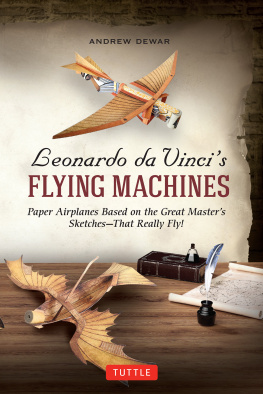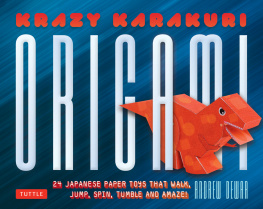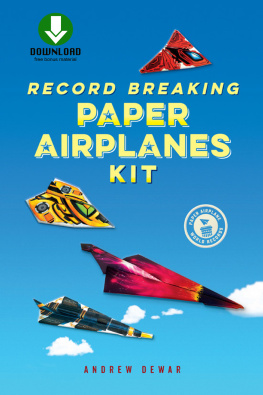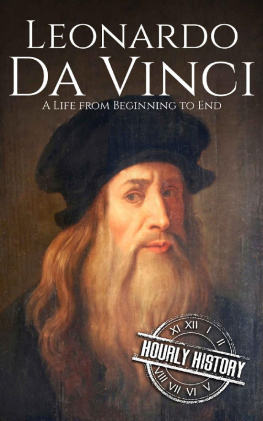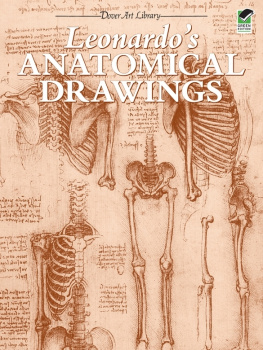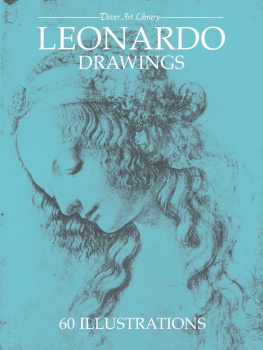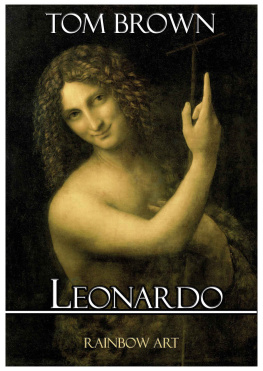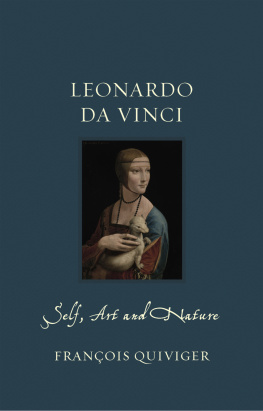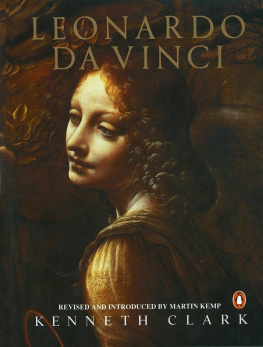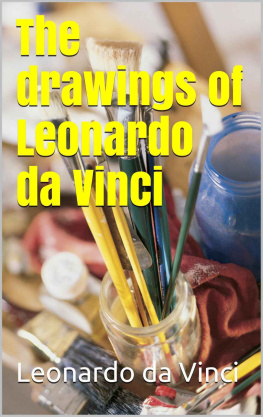Leonardo da Vincis
FLYING MACHINES
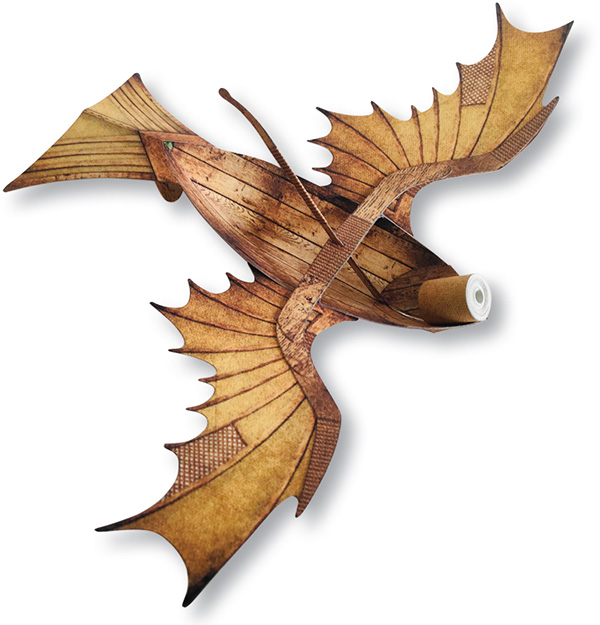
ANDREW DEWAR

MAKING LEONARDOS FLYING MACHINES
Just about every book on the history of airplanes has a sketch or two by Leonardo da Vinci. There might be the sketch of the helicopter, or the parachute, or one of the drawings of the ornithopters. More often than not, there are several sketches. But when you read the text, it almost always says, But they did not fly.
Didnt they?
Are we sure?
Leonardo left behind thousands of pages of notes and drawings, including many sketches of flying machines. Some are just doodles, but others are detailed schematic diagrams that look almost ready for the carpenter. In fact, many look so finished that it is tempting to think they are drawings of machines he had already completed.
Nowhere in those thousands of pages does he report actually getting aboard one and flying. But, just because there is no record, that doesnt mean he didnt do it.
When I look at his drawings I cant help thinking that many of them were actually built and tested, if only as models. And as soon as that thought pops into my head, my inner Leonardo begins to wonder how I could build and fly them. And as soon as that happens, I reach for paper and scissors!
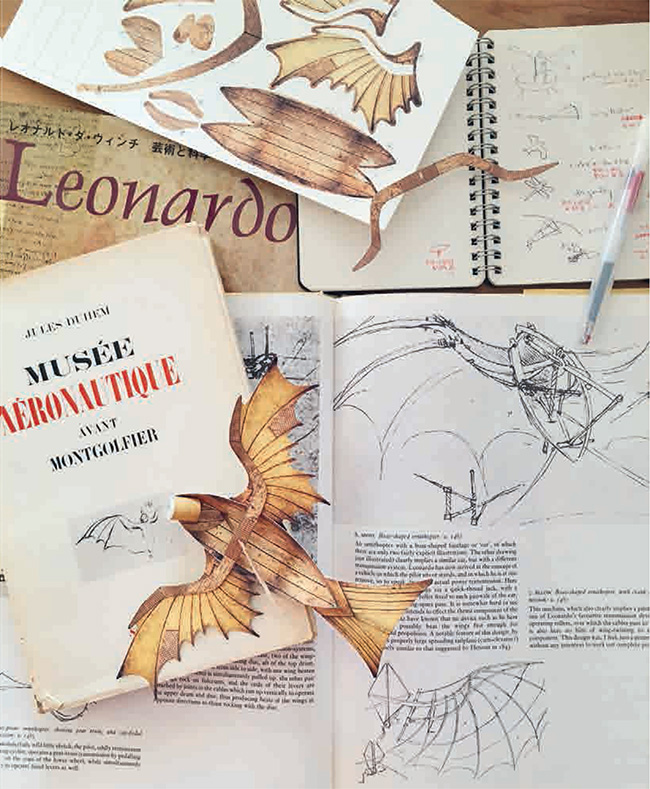
Leonardo put his thoughts into pictures
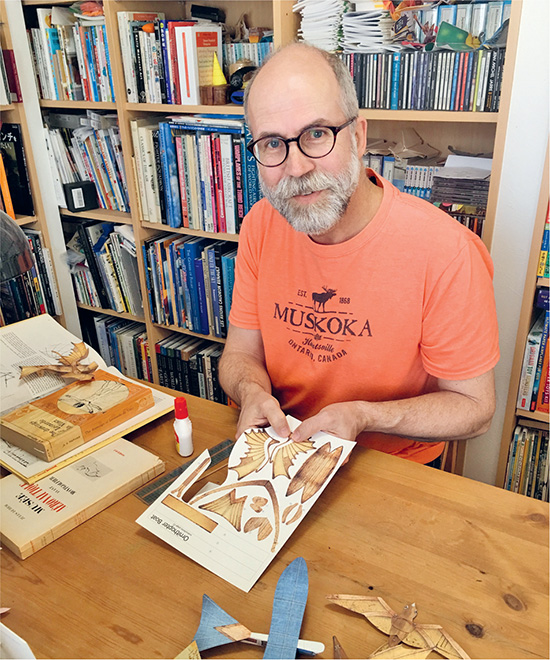
and Ive turned those pictures into flying models.
One great thing about paper airplanes is that you can quickly build a prototype of anything you can imagine, and test it without worrying about getting hurt if it crashes. So it was an easy step for me to go from looking at Leonardos sketches to actually building and flying paper models. In fact, Ive been building them for a long time. Some of the models in this kit date back almost two decades! But because I only had Leonardos drawings to work with, I had to imagine what he was thinking when he drew them. How did they move? What were they made of? Where would they balance, and would the wings and tail be big enough? Soon, I began to understand the way Leonardo thought, and sometimes I almost felt I was becoming Leonardo.
The planes in this set are ready to assemble and enjoy. I can promise you that these models really do fly. The hard partthe pondering and examining and interpreting and testinghas been done already by Leonardo and I, so all you need to do is put them together and take them to the park! But I think youll find, as you build and then fly these models, that youll start to feel like youre becoming Leonardo too. Youll feel like a Leonardo who is watching his designs take to the air, an ecstatic Leonardo jumping up and down with excitement, a Leonardo who has, at last, learned how to fly!

LEONARDOS ROMANCE WITH FLIGHT
Leonardos Great Curiosity
Leonardo da Vinci was probably the most curious person in history. Th ere are very few, if any, people who could have filled so many pages with the variety of drawings and notes that Leonardo did. His curiosity kept him very busy. He was a painter, a sculptor, an architect, a military engineer, a designer of weapons and robots, a builder of stage sets and machinery for theatrical spectacles, and a scientist who studied physics, anatomy, and, of course, flight. He is our prime example of luomo universale, the universal or renaissance man.
His paintings have been on exhibit and fascinating viewers and scholars for more than 500 years. Some of his work, like the anatomy drawings, changed the way we look at the world. But much, if not most, of his brilliance remained hidden in the pages of his many notebooks until the nineteenth century, while the world struggled through the scientific revolution, unaware that Leonardo had already been there.
Most of the ideas and sketches and studies in his notebooks grew out of work he was doing, or projects he was trying to sell to his patrons. But flight was different. It was something that he did just for himself, and even when it became clear he would never be able to fly himself, he never completely gave up dreaming and drawing.
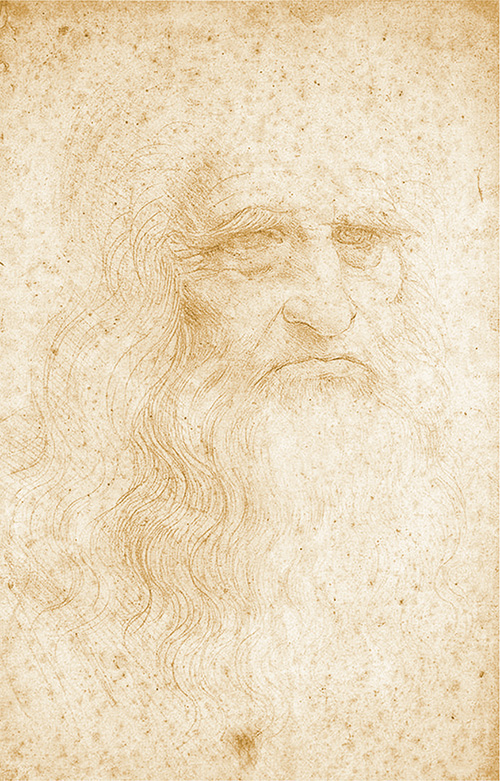
Leonardo da Vincis portrait, drawn by himself.

The one and only drawing of Leonardos helicopter.
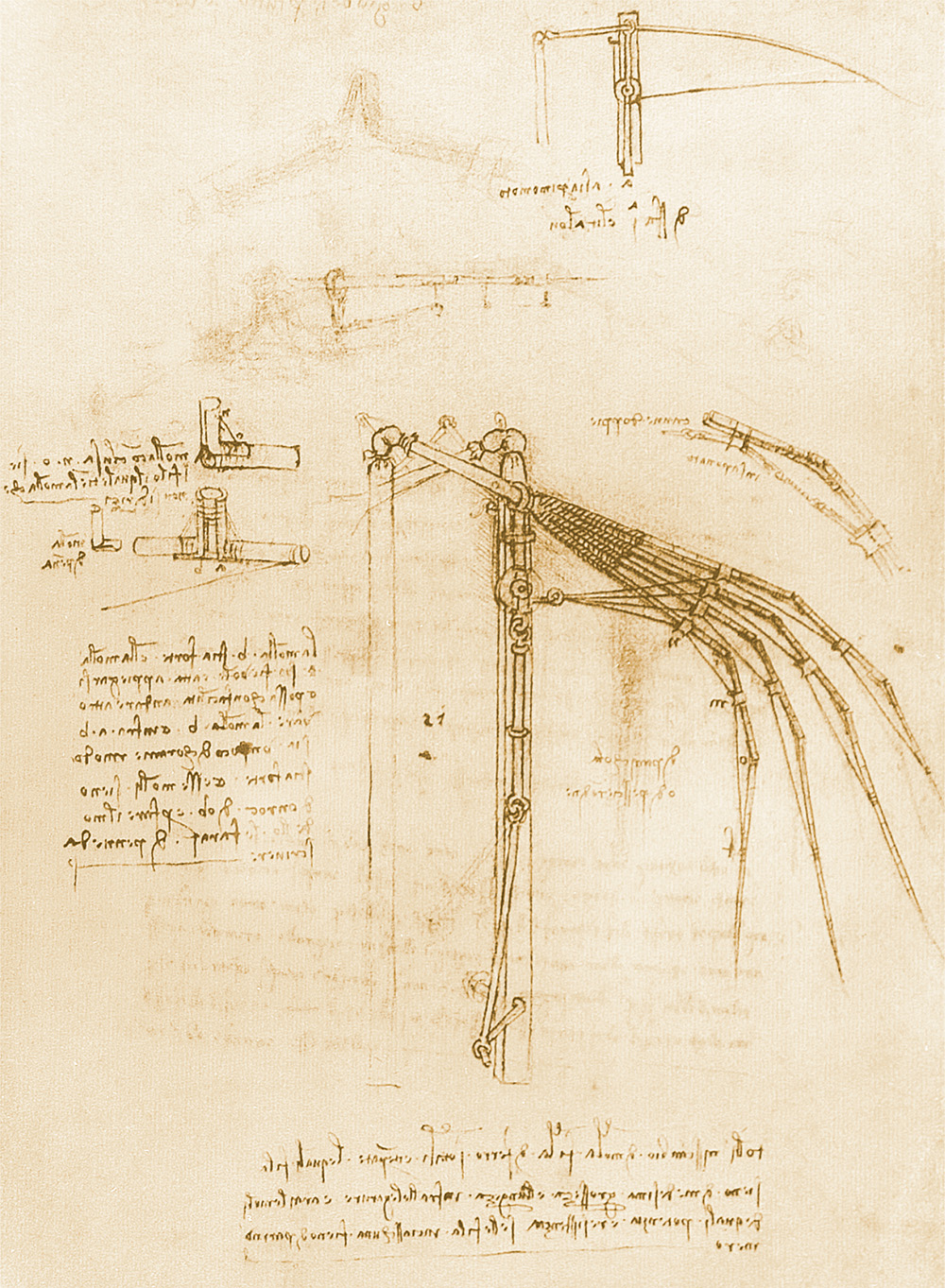
Part of a design for a mechanical wing.
Looking at Flying Animals
Birds, bugs, and bats: lots of things in our world fly. We see them every day, and envy their freedom. We long to join them in the air, and so did Leonardo. They make flying look so easy. But try as we might, we cant do it.
Just how do they fly? How can we know?
If this were fifteenth century Italy, Leonardos world, wed be without textbooks and labs and internet, and we could only watch and guess.
Thats what Leonardo did. He watched, intently and endlessly.
But he probably saw these flying animals very differently than we do. Most of us only see blurred wings. His drawings show birds and bugs stopped in mid-flap, each in a different position. Some scholars suggest that he was able to envision a frame of their movement in his mind, as if he was seeing not the smooth motion of a movie, as most of us do, but a series of frozen poses. The animated movie director Hayao Miyazaki can do this, which is why his movies look so realistic. In Leonardos case, that ability seems to have let him see the wings of birds and insects frozen at each stage of their motion, and understand how they reacted with the air.
The notebooks contain many drawings of flying animals. There are dragonflies, bats, butterflies, a flying fish, and of course the birds. He drew page after page of birdsso many that one whole notebook, the Codex on the Flight of Birds, is devoted to them.
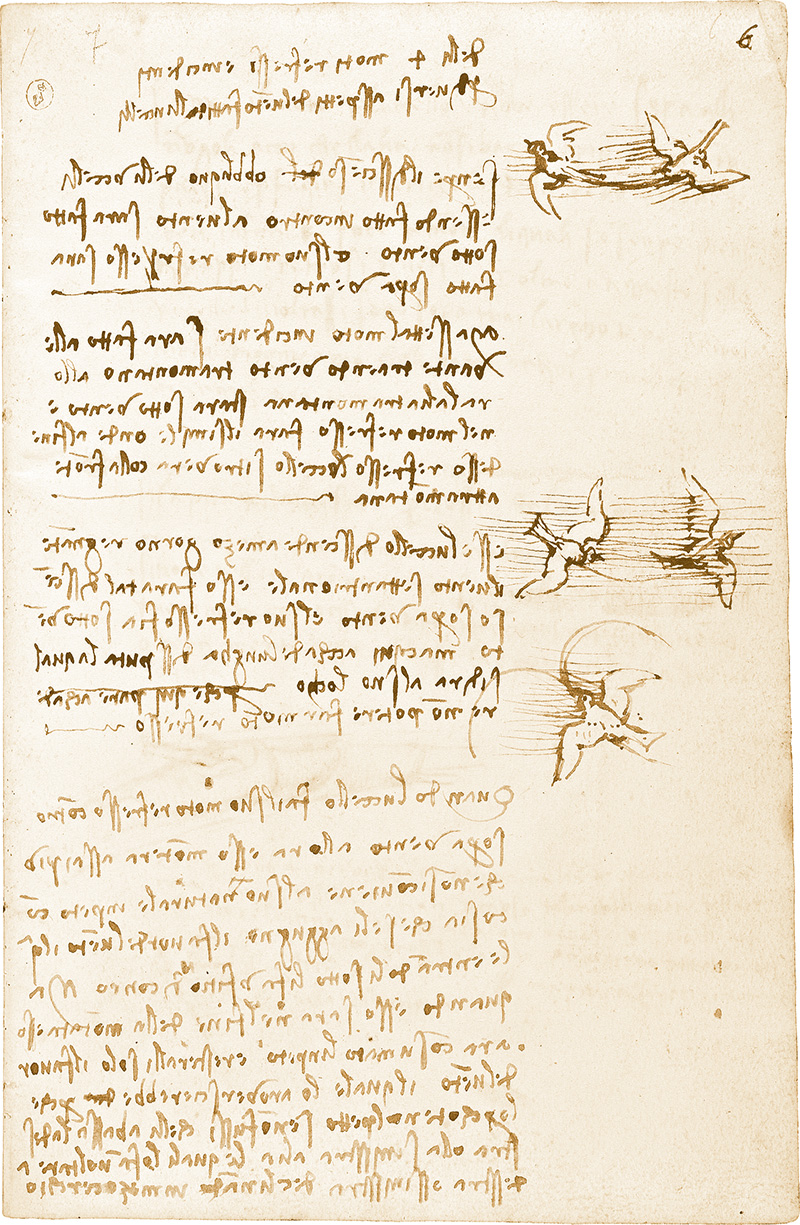
Studies of birds in flight.
Everyone knows that humans cant fly, but that doesnt mean flight is impossible. So wrote Leonardo. Look! Th e birds can do it, so it can be done. And if we imitate the birds, and learn their secrets, maybe we will find our own way to fly.
Birds, bugs, and bats all fly with wings. Leonardo thought that if we made wings for ourselves, and if they were the right shape and moved the right way, we would be able to fly too.
So, he spent many hours observing birds and insects fly, and sketched all the various stages of their wing movement. Many of the drawings show what looks like wind; in fact he was showing how the air moved over and around the wing, and how it held the birds up. He saw the animals almost as machines, with bones and muscles and joints that could be reproduced in wood and string and fabric.
Next page
